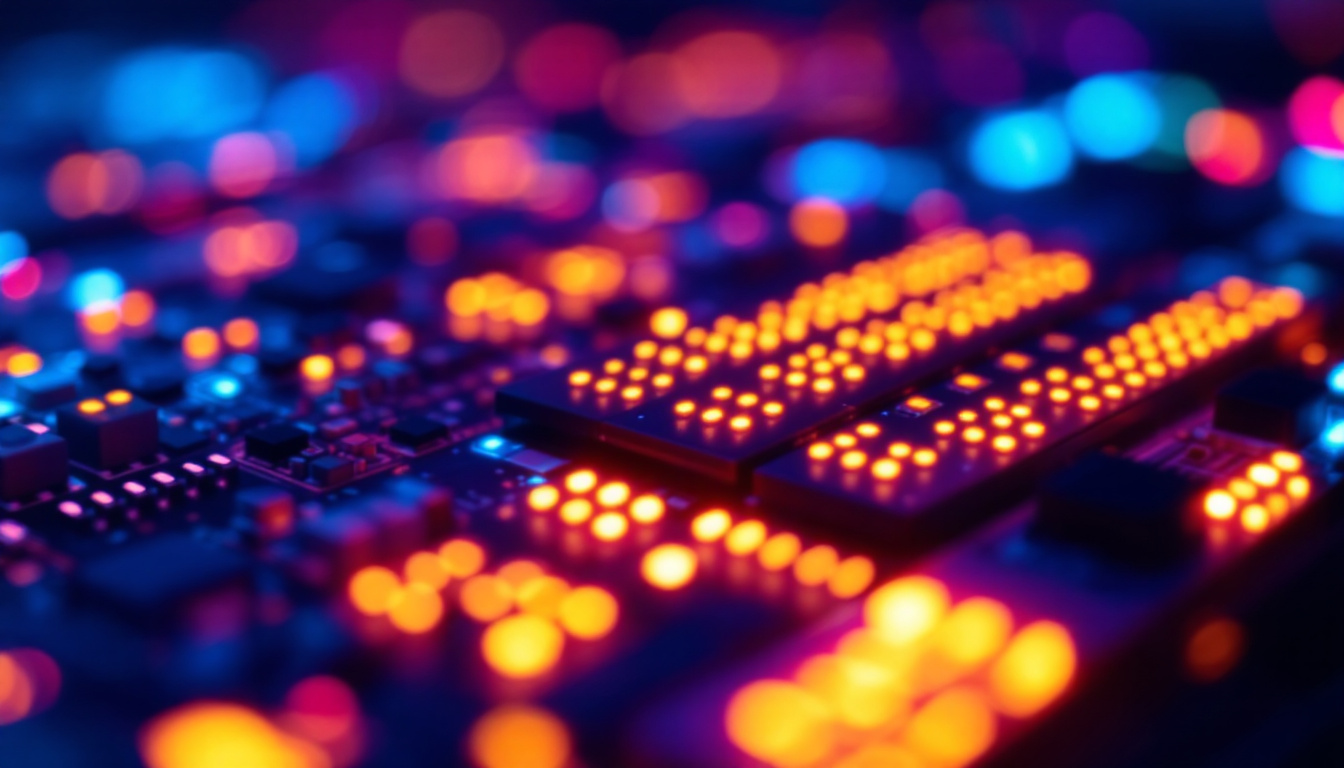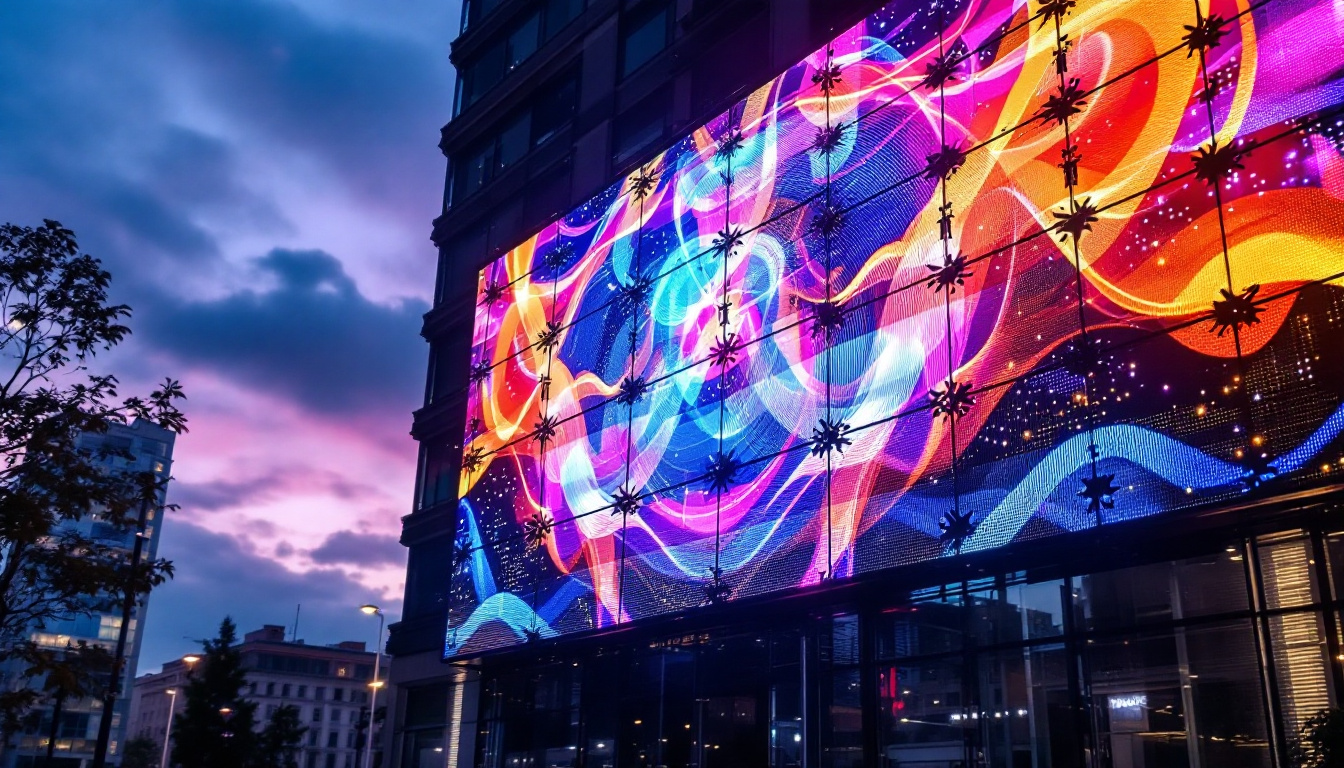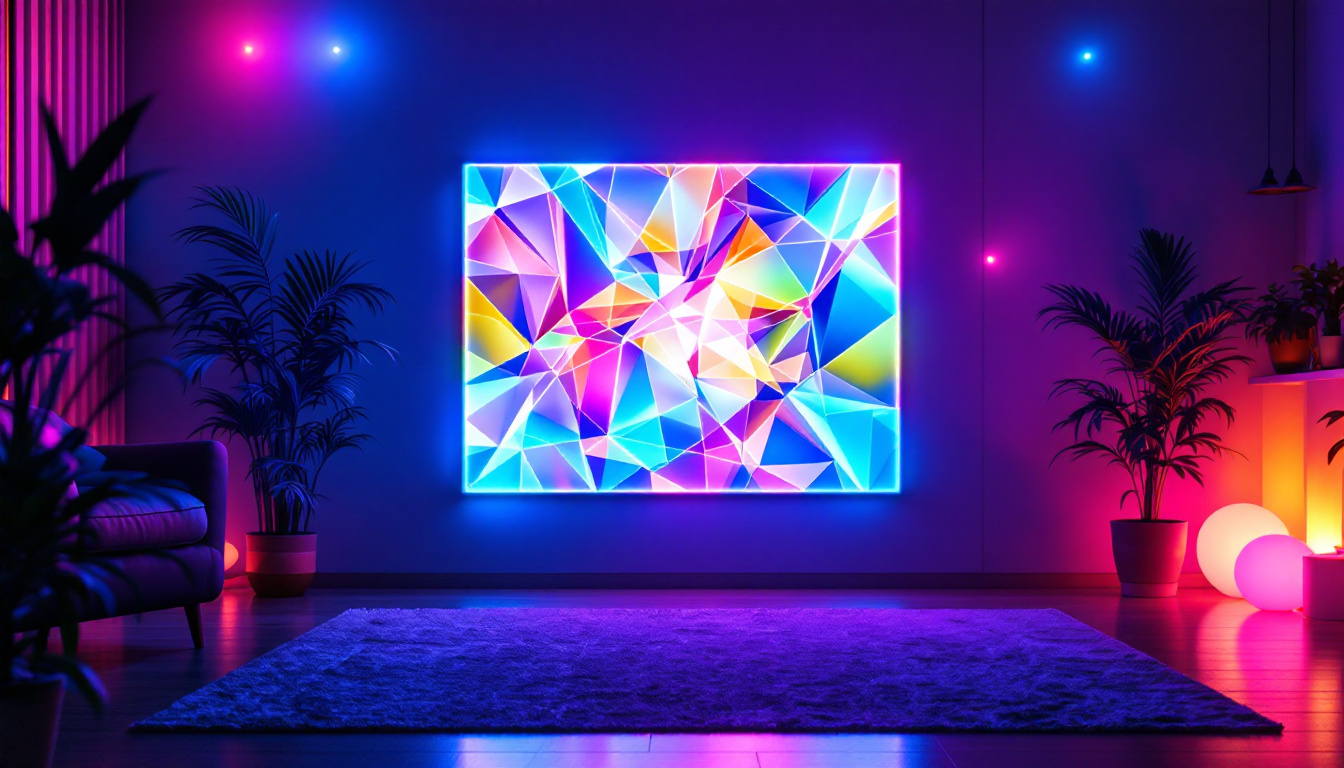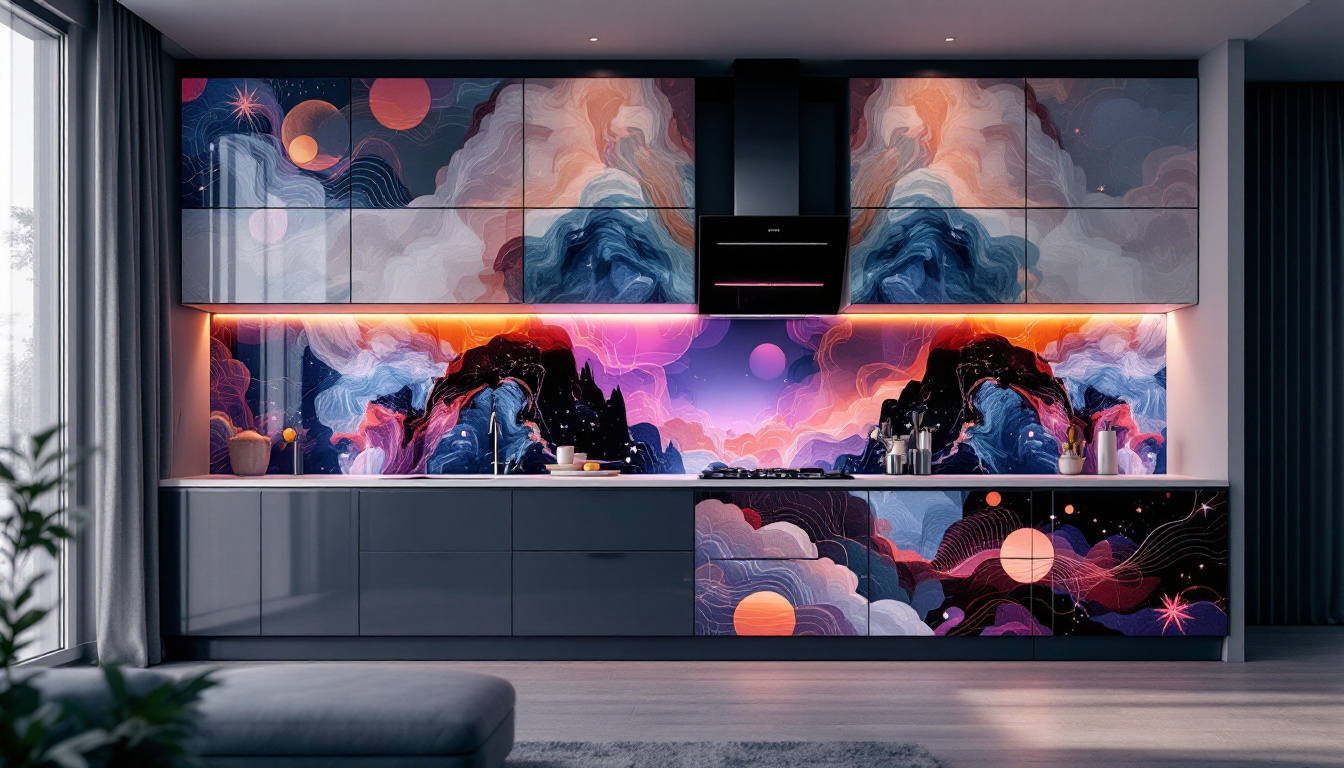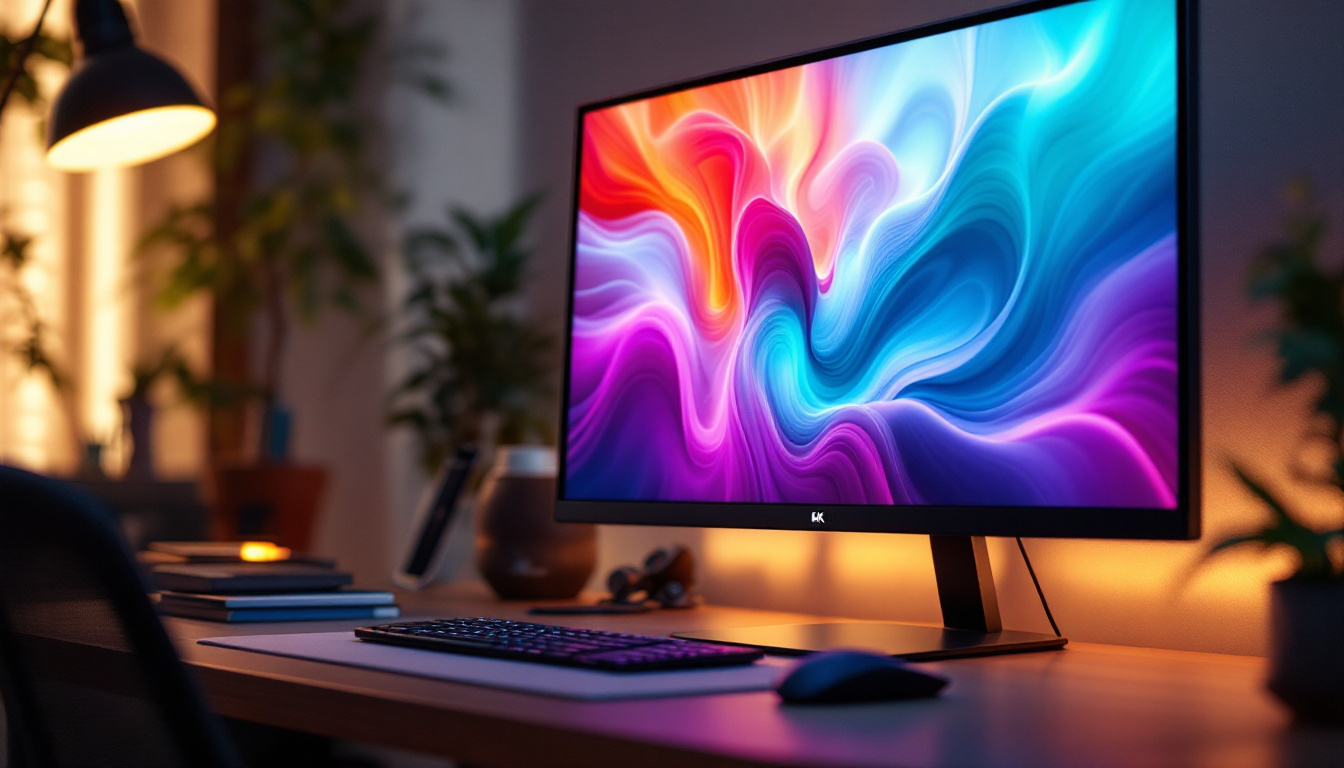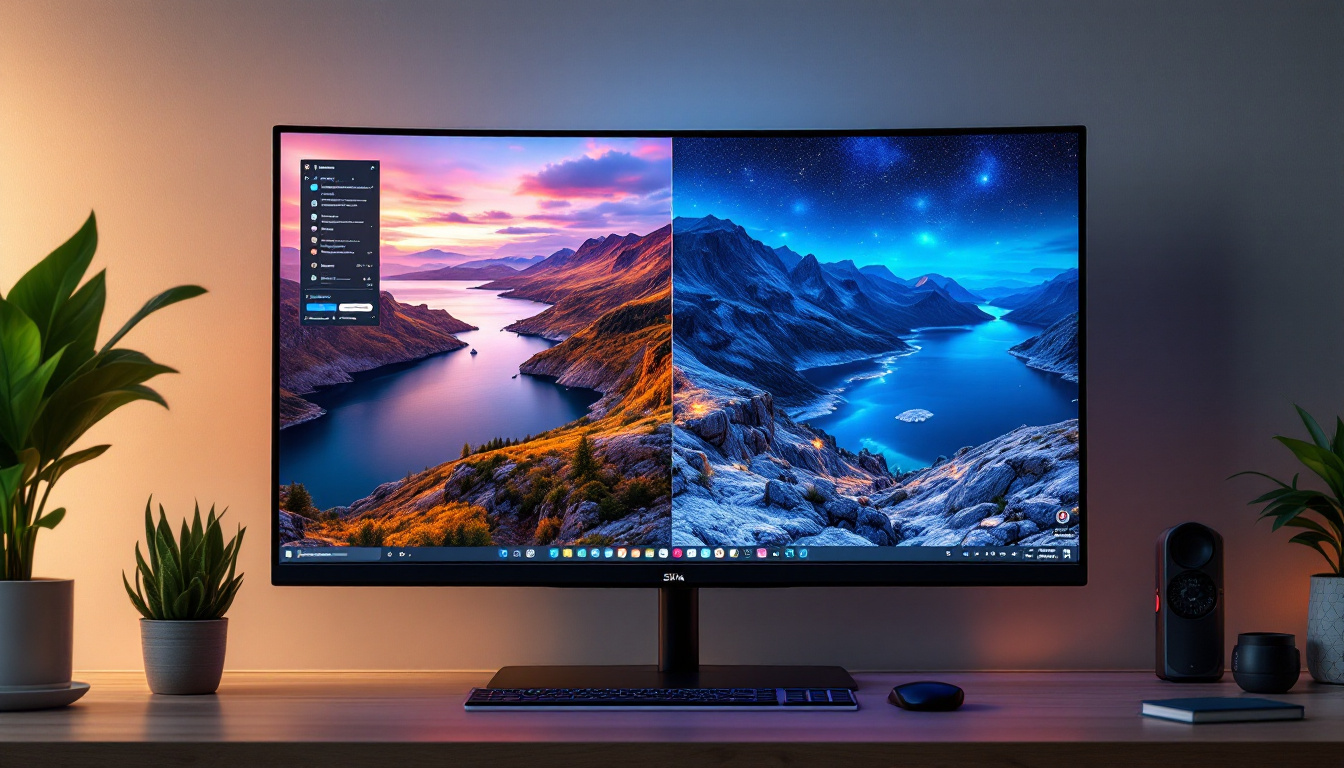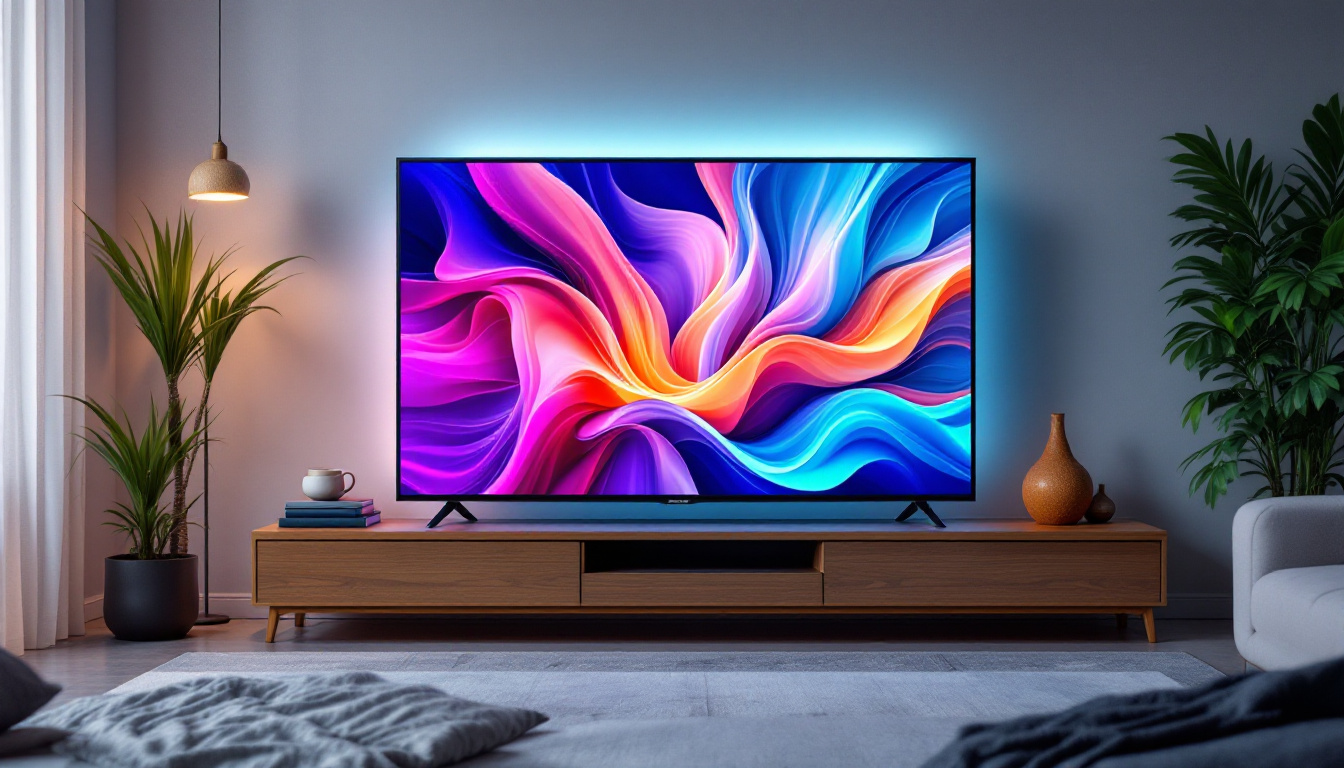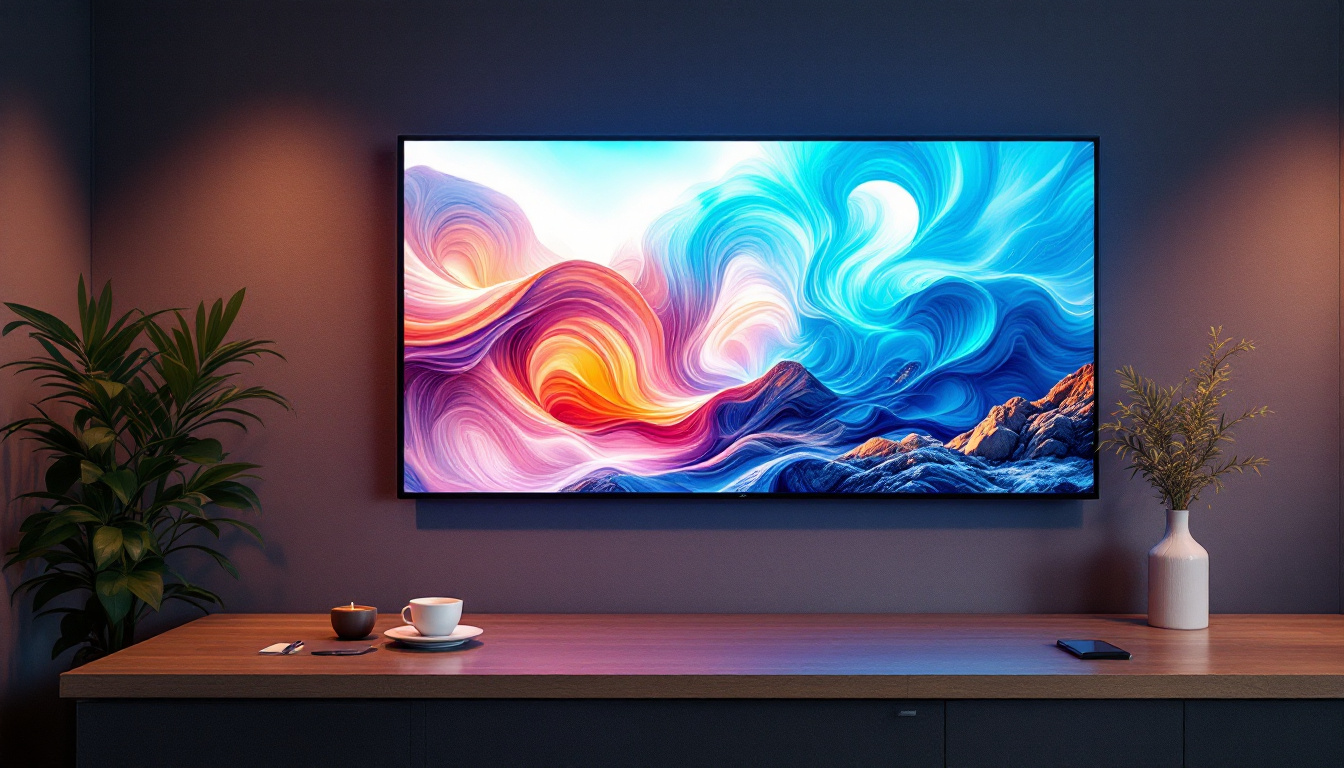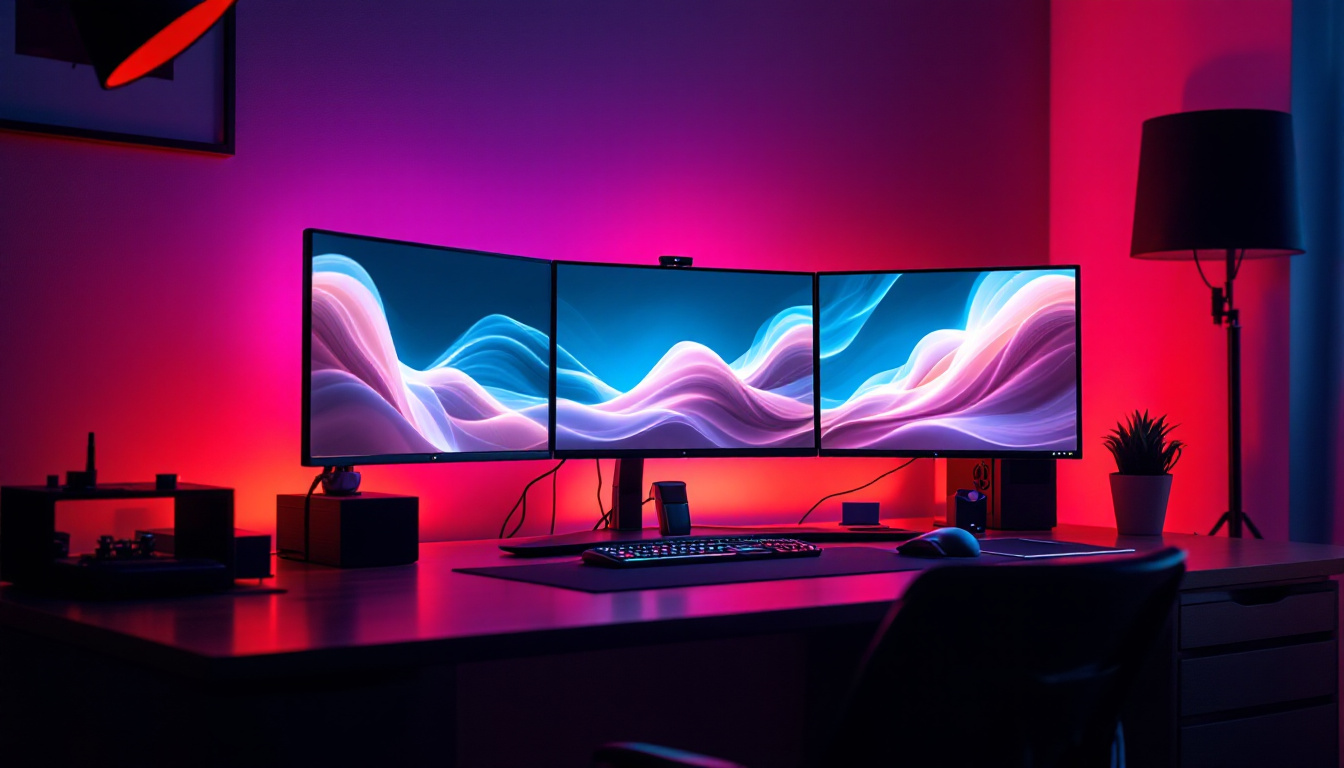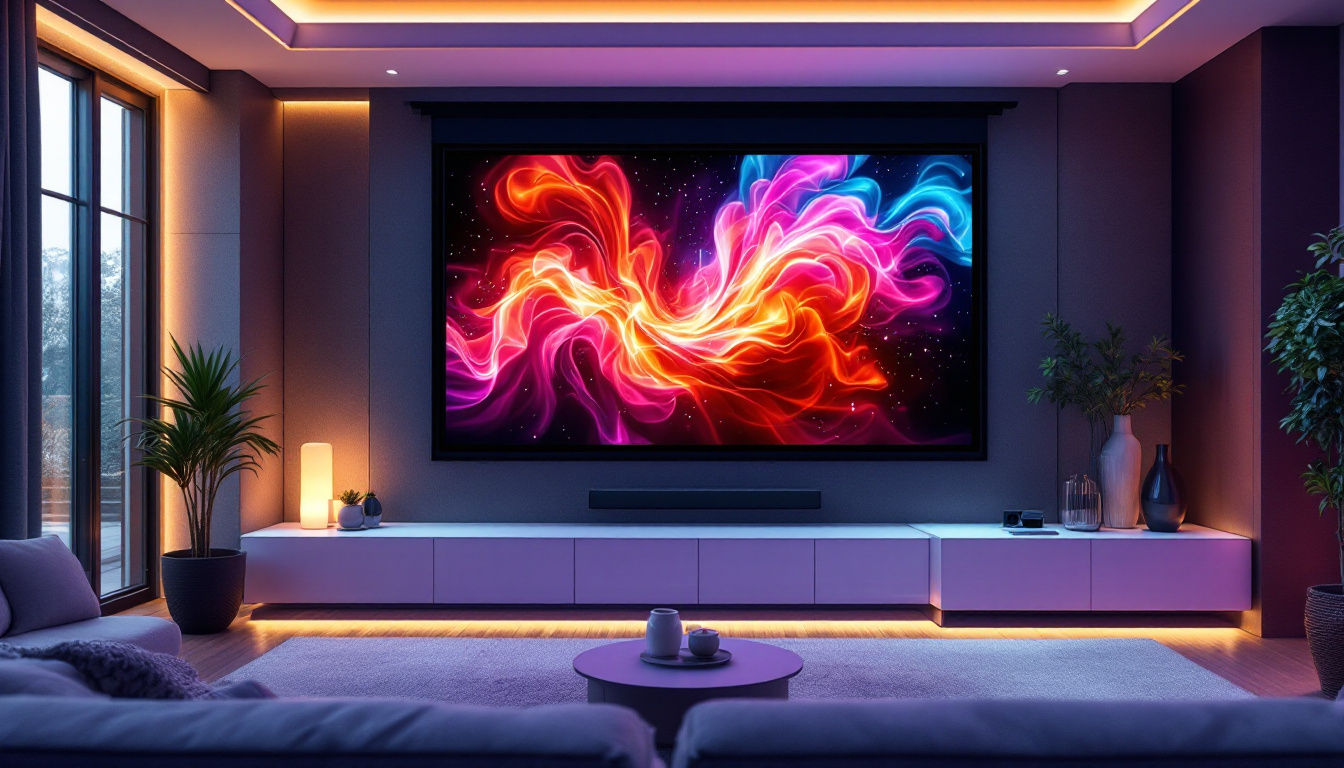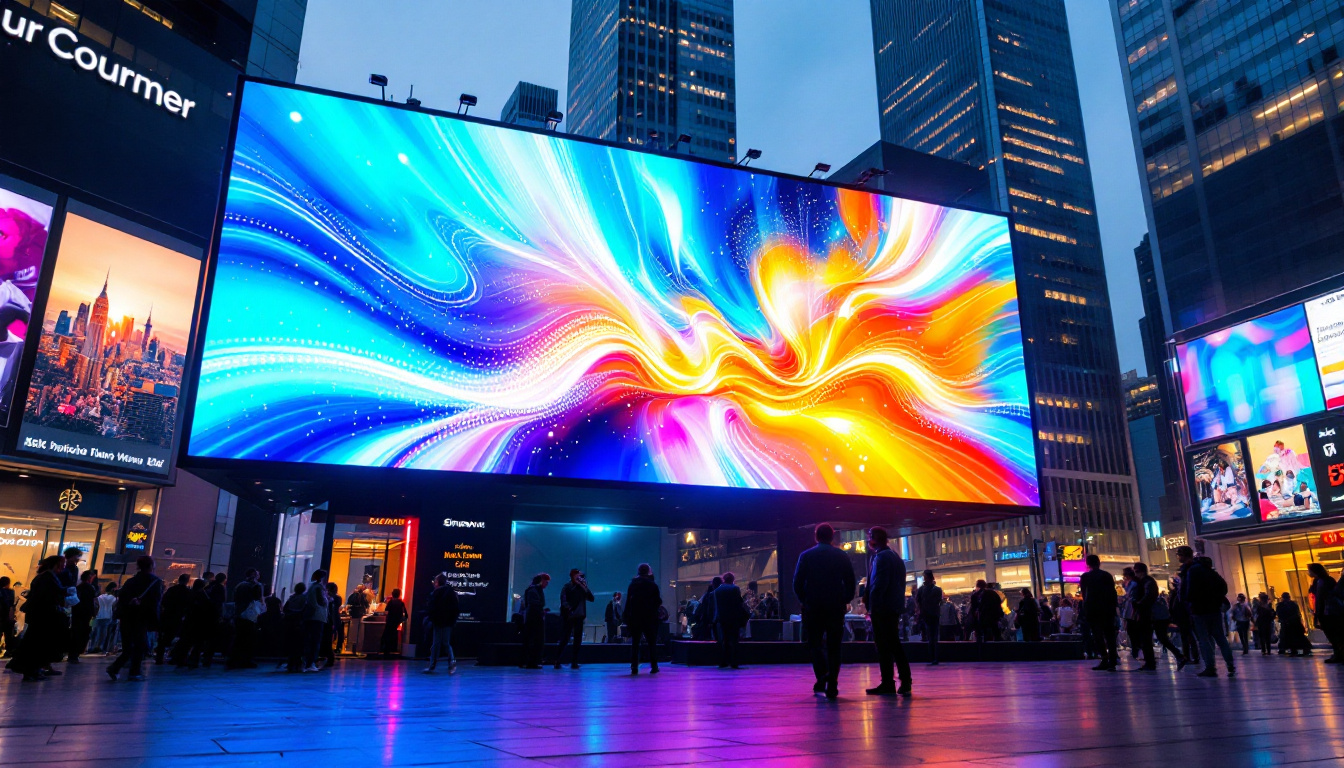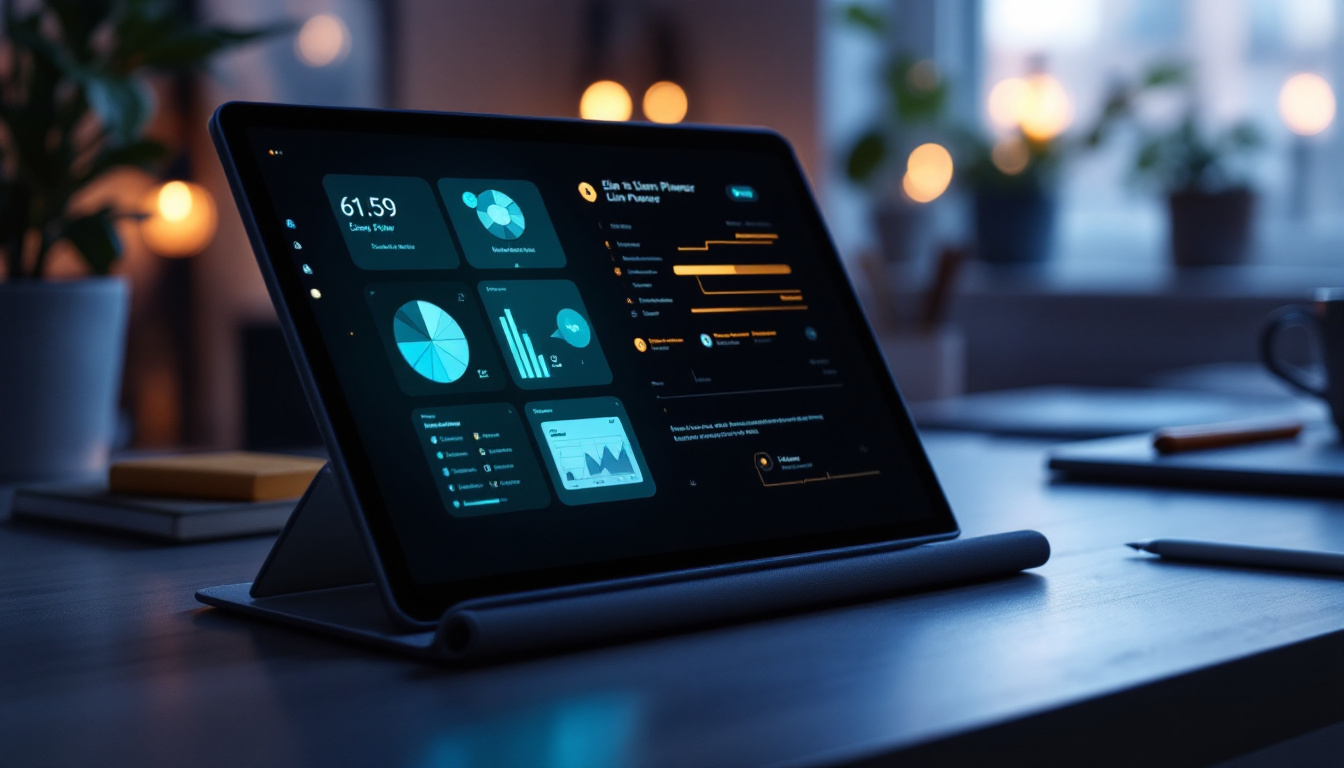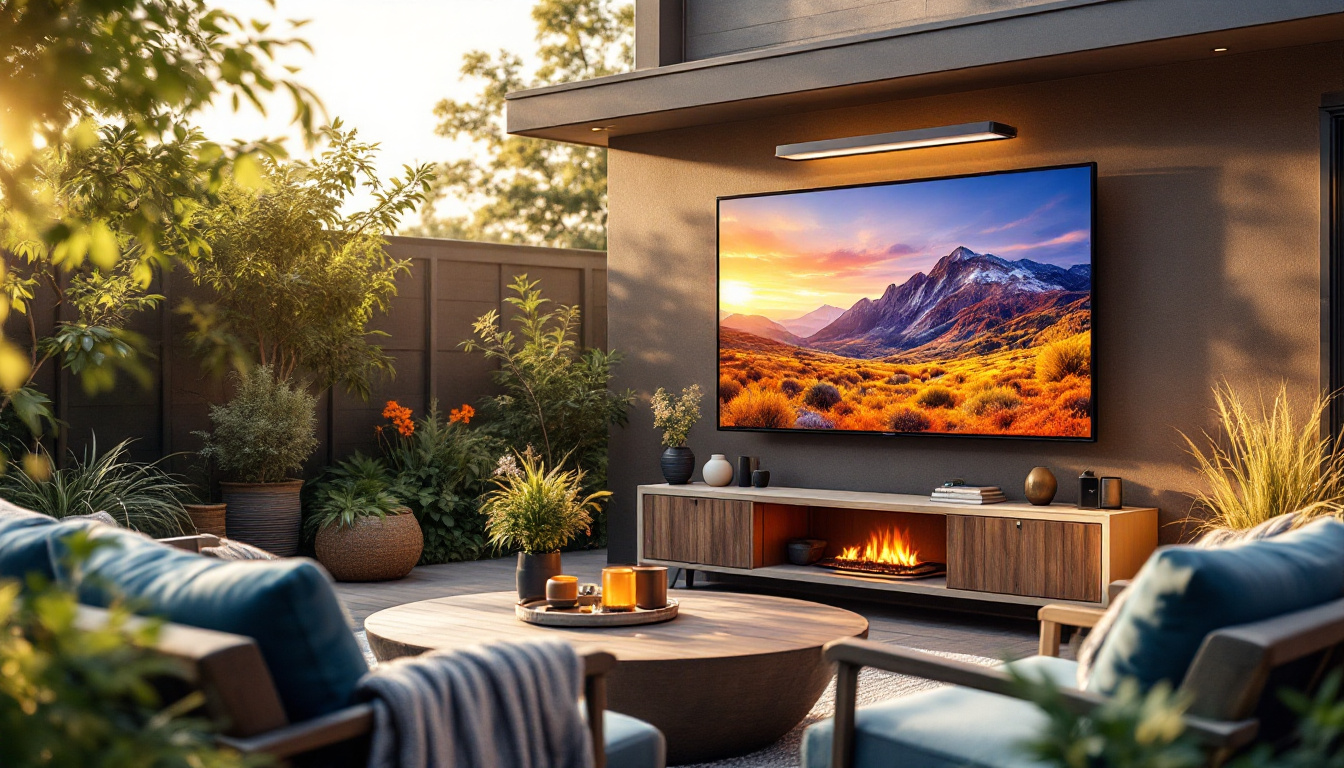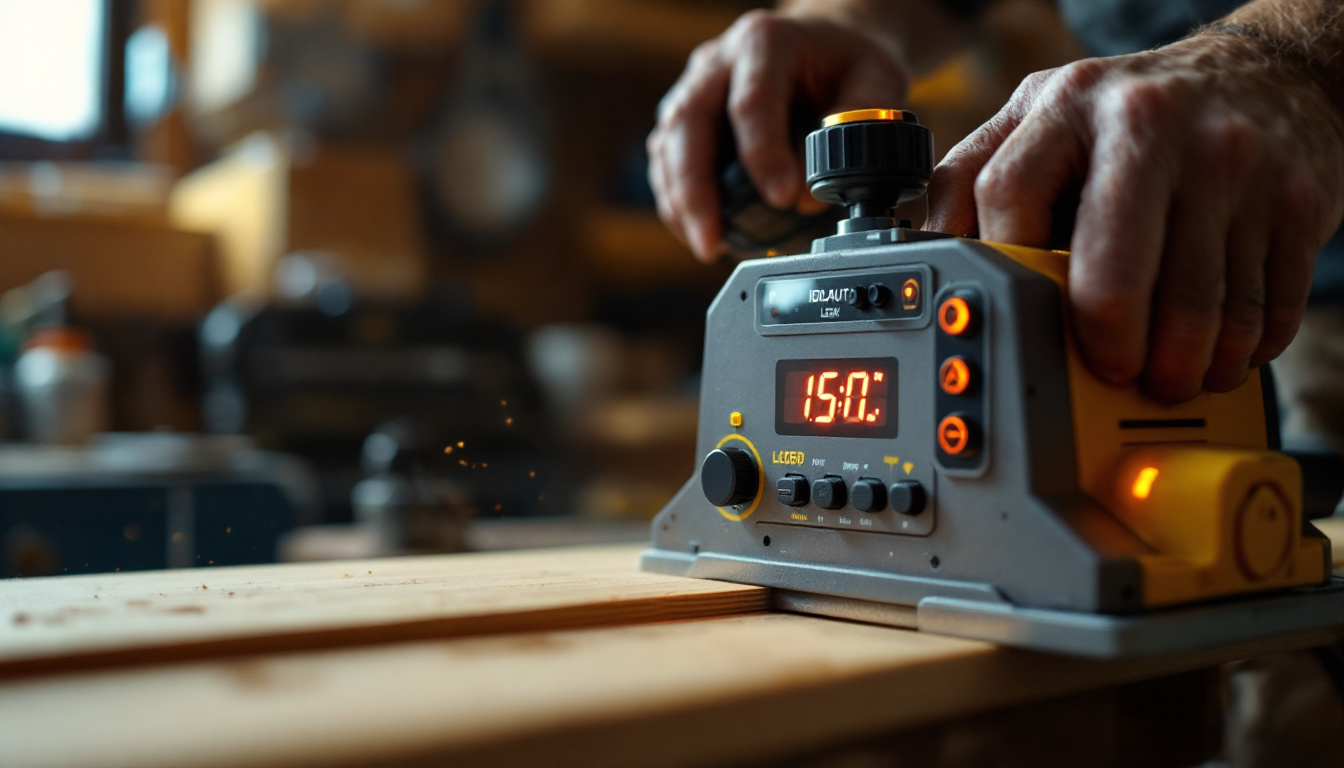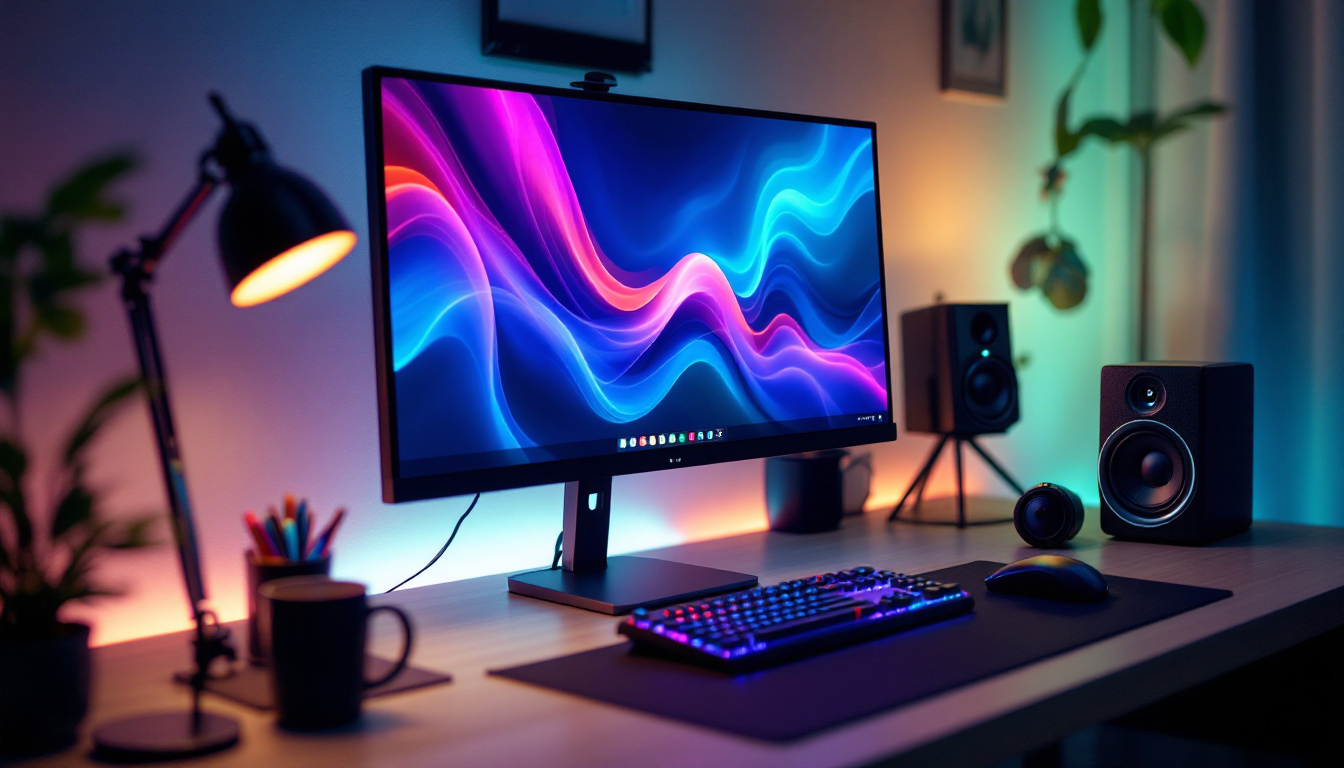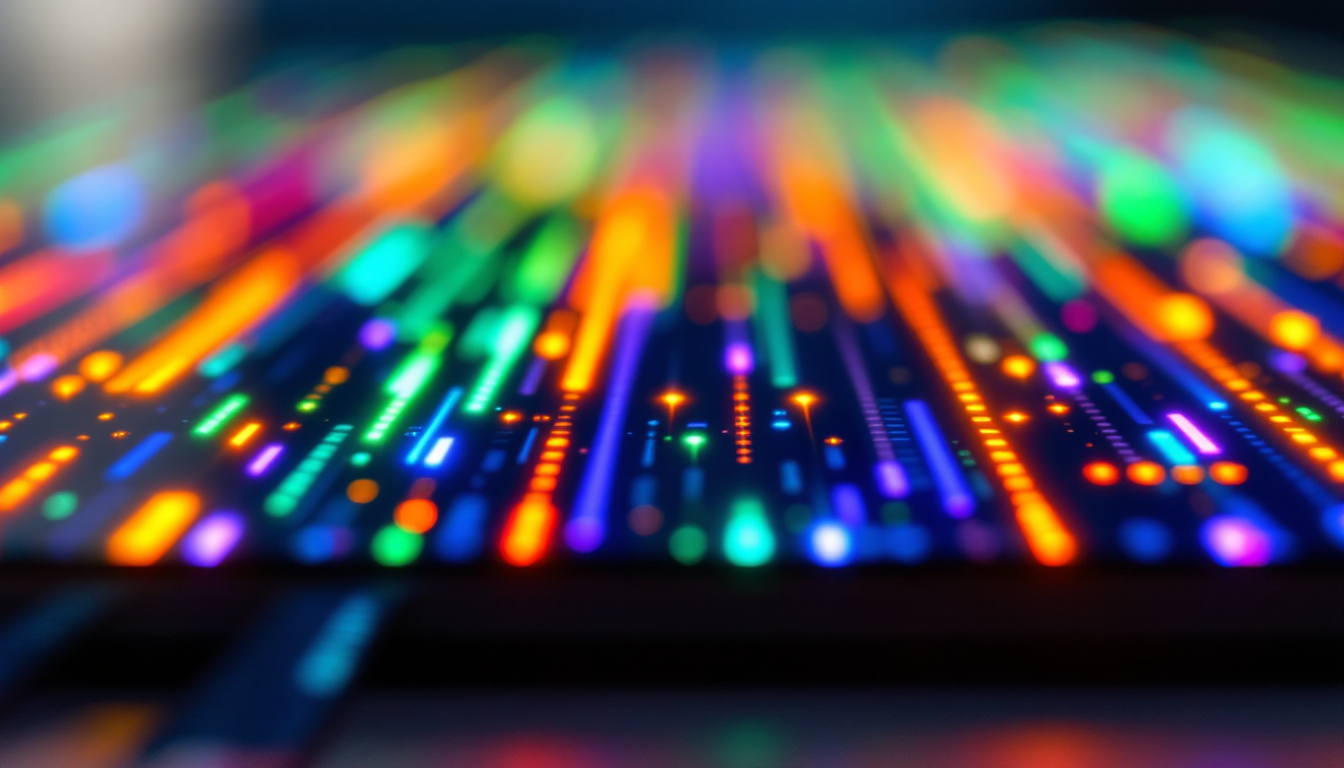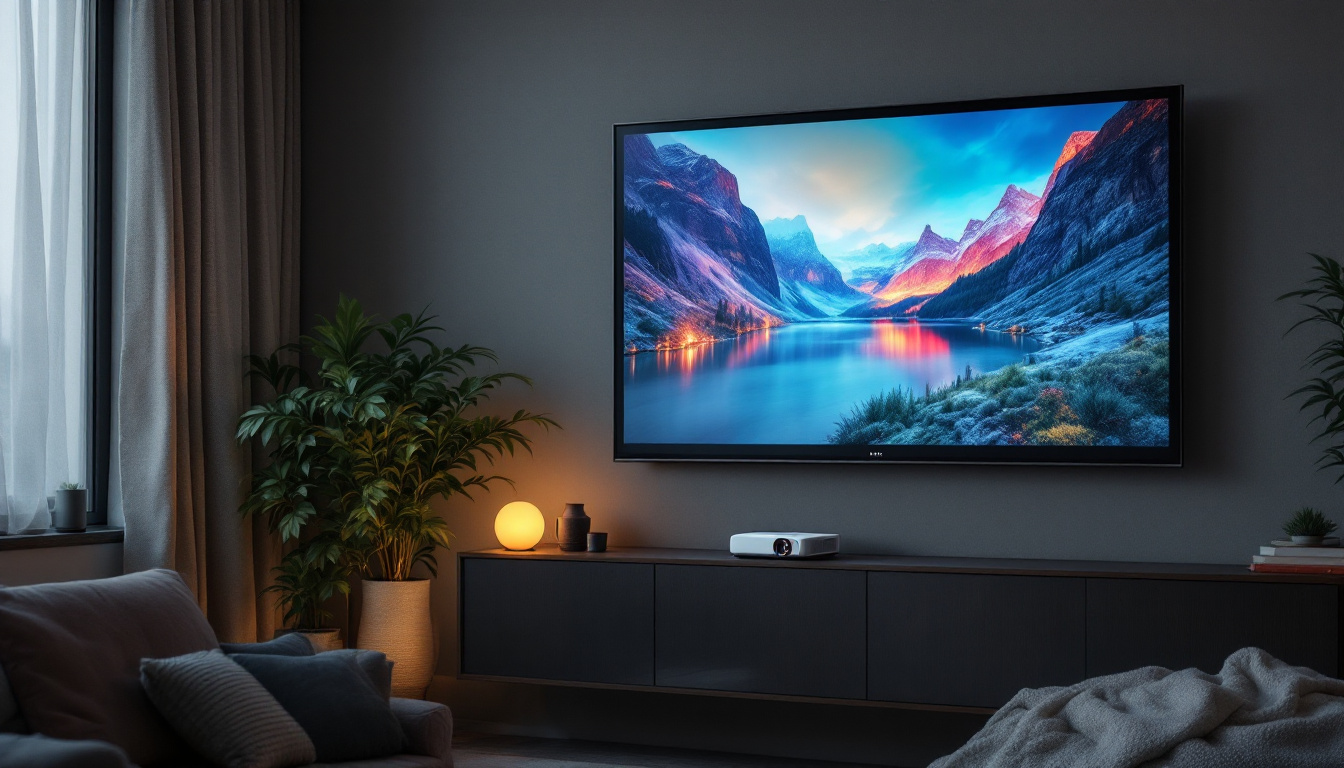In recent years, advancements in display technology have transformed the way we experience visual content. Among these innovations, Chip On Board (COB) technology has emerged as a game-changer, particularly in the realm of LED displays. This article delves into what COB is, how it works, and its advantages over traditional display technologies.
Understanding Chip On Board (COB) Technology
Chip On Board technology refers to a method of mounting semiconductor chips directly onto a printed circuit board (PCB). This technique allows for a more compact design and improved performance, making it particularly suitable for LED displays. Unlike traditional methods where chips are packaged separately, COB integrates the chip directly onto the board, reducing space and enhancing efficiency.
The Basics of COB Technology
At its core, COB technology involves placing multiple LED chips directly onto a substrate, which is typically a PCB. This arrangement allows for a higher density of LEDs in a smaller area, resulting in brighter and more vibrant displays. The chips are connected to the board using wire bonding, which ensures a reliable electrical connection.
This method not only enhances the performance of the LEDs but also simplifies the manufacturing process. By eliminating the need for individual packaging, manufacturers can reduce production costs and improve the overall efficiency of the display units. Furthermore, the compact nature of COB technology allows for innovative design possibilities, enabling manufacturers to create thinner and lighter products that meet the demands of modern aesthetics and functionality.
How COB Works
The process of creating a COB LED display begins with the selection of high-quality LED chips. These chips are then mounted onto the PCB using specialized equipment that ensures precise placement. Once the chips are in place, they are connected using fine wires, which form the electrical pathways needed for operation.
After the wiring is complete, a protective layer is often applied to shield the chips from environmental factors such as moisture and dust. This encapsulation not only protects the LEDs but also enhances the overall durability of the display, making it suitable for various applications, including outdoor signage and indoor screens. Additionally, the thermal management of COB technology is a significant advantage; the direct mounting of chips allows for better heat dissipation, which is crucial for maintaining optimal performance and longevity of the LEDs. As a result, COB displays can operate at higher brightness levels without compromising their lifespan, making them ideal for high-traffic areas where visibility is paramount.
Advantages of Chip On Board Technology
COB technology offers several advantages over traditional LED display methods, making it a preferred choice for many manufacturers and consumers alike. Understanding these benefits can help in making informed decisions when selecting display solutions.
Compact Design
One of the most significant advantages of COB technology is its compact design. By mounting chips directly onto the PCB, manufacturers can achieve a higher density of LEDs in a smaller footprint. This compactness is particularly beneficial for applications where space is limited, such as in mobile devices or slim display panels.
The reduced size also allows for more innovative designs, enabling manufacturers to create thinner and lighter displays without compromising on performance. This flexibility in design can lead to more aesthetically pleasing products that meet modern consumer expectations. Furthermore, the compact nature of COB technology allows for the integration of displays into a wider range of products, from wearables to automotive dashboards, expanding the possibilities for creative applications in various industries.
Improved Thermal Management
Another critical advantage of COB technology is its enhanced thermal management capabilities. The direct mounting of LED chips onto the PCB allows for better heat dissipation, which is essential for maintaining the longevity and performance of the display. Effective thermal management reduces the risk of overheating, which can lead to reduced brightness and shorter lifespans for traditional LED displays.
By keeping the operating temperature within optimal ranges, COB displays can provide consistent performance over extended periods, making them ideal for high-demand environments such as concerts, sports events, and advertising displays. In addition, the improved thermal properties can also contribute to energy efficiency, as displays that operate at cooler temperatures tend to consume less power, further appealing to environmentally conscious consumers and businesses aiming to reduce their carbon footprint.
Cost-Effectiveness
COB technology can also lead to significant cost savings in the production of LED displays. The simplified manufacturing process, which eliminates the need for individual chip packaging, reduces material costs and labor expenses. This efficiency can translate into lower prices for consumers while maintaining high-quality performance.
Moreover, the durability and reliability of COB displays can lead to lower maintenance costs over time. With fewer components to replace and a longer lifespan, COB technology presents a compelling value proposition for businesses and consumers alike. Additionally, the scalability of COB technology means that manufacturers can easily adjust production to meet market demands without incurring significant costs, making it an attractive option in an ever-evolving technological landscape. This adaptability not only benefits manufacturers but also ensures that consumers have access to the latest advancements in display technology at competitive prices.
Applications of Chip On Board LED Displays
The versatility of COB technology has led to its adoption across various industries. From advertising to entertainment, the applications of COB LED displays are vast and growing.
Advertising and Signage
One of the most prominent applications of COB LED displays is in advertising and signage. The bright and vibrant colors produced by COB technology make it an ideal choice for outdoor billboards and digital signage. These displays can capture attention and convey messages effectively, making them a valuable tool for marketers.
Additionally, the compact design of COB displays allows for creative installations, such as curved or irregularly shaped screens that can enhance the visual impact of advertising campaigns. This flexibility enables brands to stand out in a crowded marketplace.
Entertainment and Events
In the entertainment industry, COB LED displays have become a staple for concerts, festivals, and live events. Their ability to produce high-quality visuals in various lighting conditions makes them perfect for stage backdrops and video walls. The durability of COB technology ensures that these displays can withstand the rigors of touring and outdoor events.
Furthermore, the lightweight nature of COB displays facilitates easier transportation and setup, allowing event organizers to focus on delivering an exceptional experience rather than worrying about technical challenges.
Consumer Electronics
COB technology is also making its way into consumer electronics, particularly in televisions and monitors. The compact design allows for thinner screens without sacrificing picture quality. As consumers increasingly demand sleek and stylish devices, COB displays offer a solution that meets both aesthetic and performance needs.
Moreover, the improved thermal management of COB technology contributes to energy efficiency, making these displays more environmentally friendly and cost-effective for consumers.
Challenges and Considerations
While COB technology offers numerous advantages, it is essential to acknowledge some challenges and considerations associated with its implementation. Understanding these factors can help manufacturers and consumers make informed decisions.
Initial Costs
Despite the long-term cost savings associated with COB technology, the initial investment can be higher compared to traditional LED displays. The specialized equipment and processes required for COB manufacturing may lead to increased production costs. This factor can be a barrier for some manufacturers, particularly smaller companies looking to enter the market.
However, as technology continues to advance and production techniques improve, it is expected that these initial costs will decrease, making COB displays more accessible to a broader range of consumers and businesses.
Complexity of Repair
Another consideration is the complexity of repairing COB displays. Since the LED chips are directly mounted onto the PCB, replacing a faulty chip can be more challenging than in traditional displays where individual components can be swapped out easily. This complexity may lead to longer downtimes and increased repair costs.
To mitigate this issue, manufacturers are continually working on improving the design and modularity of COB displays, allowing for easier repairs and maintenance. As the technology evolves, these challenges are likely to be addressed more effectively.
The Future of Chip On Board Technology
The future of Chip On Board technology looks promising, with ongoing advancements expected to enhance its capabilities further. As industries continue to explore innovative applications for LED displays, COB technology is likely to play a pivotal role in shaping the future of visual communication.
Advancements in Manufacturing Techniques
As demand for COB displays grows, manufacturers are investing in research and development to improve production techniques. Innovations in automation and precision manufacturing are expected to reduce costs and enhance the quality of COB displays. These advancements will make it easier for manufacturers to produce high-performance displays at scale.
Additionally, the development of new materials and processes may lead to further improvements in thermal management and energy efficiency, making COB displays even more appealing to consumers and businesses.
Integration with Smart Technologies
As smart technologies continue to gain traction, the integration of COB displays with IoT (Internet of Things) devices and smart systems is becoming increasingly feasible. This integration can lead to more interactive and dynamic display solutions, enhancing user experiences in various applications.
For instance, COB displays could be utilized in smart homes, providing real-time information and notifications while seamlessly blending into the home environment. This potential for integration opens up exciting possibilities for the future of display technology.
Conclusion
Chip On Board technology represents a significant advancement in LED display technology, offering numerous advantages such as compact design, improved thermal management, and cost-effectiveness. Its applications span various industries, from advertising to consumer electronics, making it a versatile solution for modern display needs.
While challenges remain, ongoing advancements in manufacturing techniques and the integration of smart technologies promise a bright future for COB displays. As the demand for high-quality visual communication continues to grow, Chip On Board technology is poised to play a crucial role in shaping the future of displays, making them more efficient, durable, and visually stunning.
Explore Cutting-Edge COB LED Displays with LumenMatrix
Ready to experience the future of visual communication with Chip On Board technology? LumenMatrix is at the forefront of this innovative field, offering a wide array of LED display solutions that cater to your unique needs. From captivating Indoor LED Walls to dynamic Outdoor LED Displays, and from versatile Vehicle LED Displays to stunning LED Sports Displays, our products are designed to make your brand shine. Embrace the revolution in display technology with LumenMatrix and create visual experiences that are not only efficient and durable but also visually stunning. Check out LumenMatrix LED Display Solutions today and see how we can help you share your message with impact and clarity.

